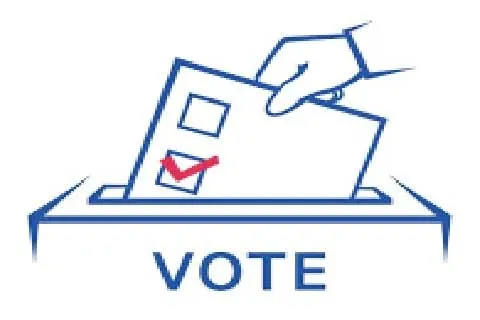The annual World Economic Forum (WEF) meeting in Davos which is scheduled for next week attracts key global players—politicians, industrialists, bankers, among others—whose decisions impact the international economy. Prior to the meeting the WEF releases a report on risks to the international economic, political and social systems. The risks report which was released a few days ago lists five risks for the coming year/s: disinformation and misinformation; extreme weather events; cyber security; social polarization and interstate conflict. While each of these risks can cause great havoc in the world, the number one risk, according to the report, flows from the dangers of disinformation and misinformation, especially in a year in which many populous and some powerful countries will go for elections. These include India, in the first half of the year, and the United States, in November.
Both countries are democracies and the foundation of any democracy are free and fair elections. And, the foundation of free and fair election is the flow of correct, untainted and unmanipulated information. It is only when such information is available to voters are they in a position to make informed choices. If the information itself is contaminated with misinformation or disinformation then it is impossible for the electorate to vote in an unbiased manner. Current and continual advances in digital technology, especially in the area of artificial intelligence, is making the problem of ensuring that only unsullied information is available to voters is becoming very difficult. That is why India has brought the need to control deep fakes to global attention. But there are other issues involved with the electoral processes not only in India but also in the advanced countries, including the United States.
The election systems of all countries were designed in the analogue age. They are based on the mechanisms of that period. They are not designed to act with sufficient alacrity to digital communications systems and the pervasive presence of the social media which is the feature of the current times. Thus, social media platforms which are used by all political parties have the ability to fan the messages of parties instantaneously. These platforms also have enormous reach. So long as these are used responsibly, especially during the election period, it is to the advantage of voters. It is therefore incumbent on the IT cells of all parties, to always act in accordance with legal requirements and the code of conduct prescribed by the election commission.
However, there are instances of supporters of candidates or parties who act irresponsibly and spread misinformation and disinformation. They resort to social media platforms. By the time their misinformation is spotted and controlled great damage is already done. Besides, now with the spread of generative AI technologies motivated individuals can send out fake messages in the name of well-known leaders. It will not easy to ascertain the truth about the origin of these fakes in quick time.
This is only one aspect of elections in the digital age which are governed by the mechanisms of earlier times. Another is the time-honoured tradition that electioneering should cease two days before the voting begins. The idea was to provide voters a period of calm during which they could carefully weigh all that that was conveyed to them by different parties and leaders and make their voting decisions. Voting in phases made it impossible to insulate the voters of a constituency going to the polls because electioneering continued in others and was covered by press and the audio-visual media. If that was bad enough now the social media will remain active and it will be impossible to track it all down to provide what the law requires.
These instances show that there is need for the political class to pay attention to how to respond to digital technology to ensure that the electoral process ultimately reflects choices made on the basis of correct information. Perhaps all aspects of election processes need to be considered because all are already or will inevitably be impacted by digital technologies. Indeed, the Election Commission of India can also play a role in pointing to the political class the election areas where digital technologies are making a great impact and where detailed discussions are required between all stake-holders to modify existing systems.
Digital technologies will facilitate foreign interference in elections. It is true that countries intervened in the electoral processes of other states but now with digital technologies foreign states can spread misinformation and disinformation with greater speed. Their deceptions may be also not be easy to detect and therefore may impact election results. As it is sections of the US political class have complained that Russia had intervened in the 2016 US Presidential election to ensure that Donald Trump emerged victorious Hilary Clinton’s embarrassing dealings were made publicly known. As all major powers will gain possession of technologies capable of spreading misinformation and disinformation the only deterrent may be a variant of the nuclear doctrine of mutually assured destruction. Certainly, this is one area where all countries, even those with closed political systems as the Chinese, should be willing to cooperate for there is no system so closed that it is immune from misinformation and disinformation spread from abroad.
The digital age is demanding that all administrative and political mechanisms be modified in line with the new technologies. This will have to be a continuous process for advances in digital technologies with the coming of AI will be dramatic and deep.







